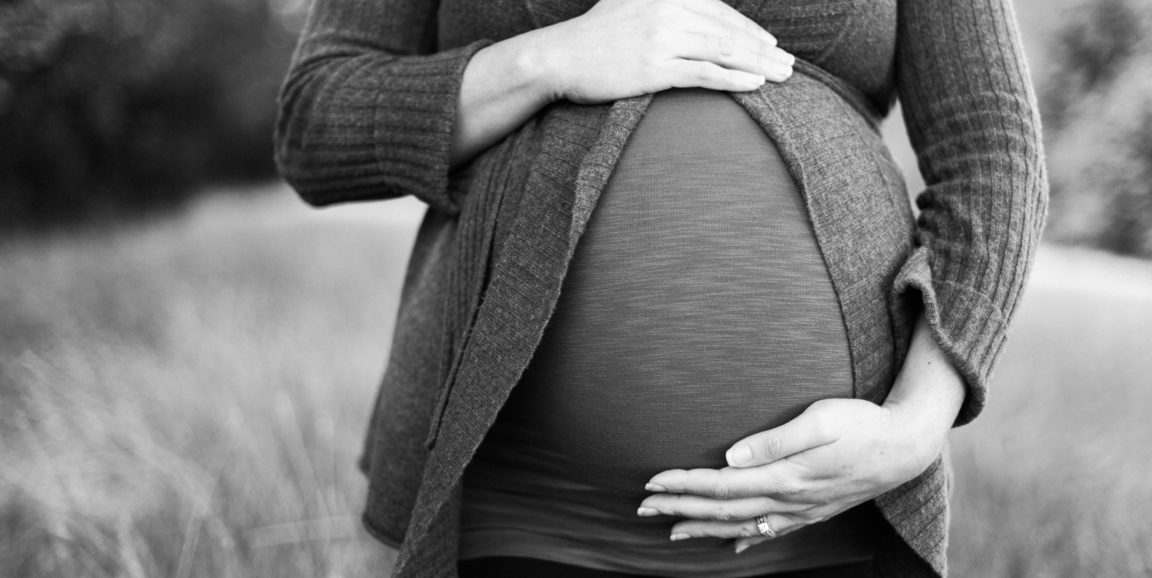Earlier this year, a friend of mine told me she was worried by what she'd been hearing in the news about rising maternal mortality rates. She was about halfway through pregnancy, and although everything was going well, she was anxious about reports that women in the United States die in childbirth at much higher rates than women giving birth in other developed countries.
"But you live in California!" I told her. "It's different here - we're reversing the trend."
An extensive new NPR story explains the history I tried to put into a nutshell for my friend: Starting in 2006, with the founding of the Stanford-based California Maternal Quality Care Collaborative, experts from across the state have been taking a hard look at the causes of maternal mortality and figuring out the best way to counteract them. In the story, Elliott Main, MD, the collaborative's medical director, explains how his team identified and changed the approach to preventable maternal deaths:
In particular, the committee found two well-known complications offered the best chance for survival if treated properly: hemorrhage and the pregnancy-induced high blood pressure called preeclampsia.
Main estimated that the vast majority of the deaths from those two complications could have been prevented through early recognition, teamwork and a list of well-rehearsed treatments.
'The analogy would be if you had a cardiac arrest and everyone had their own way of doing CPR,' Main says. 'We've made big advances in emergency care by having some basic standardized approaches to emergencies. That's what we're bringing to maternity care now.'
As I've previously reported for Scope, the CMQCC has developed standardized, evidence-based emergency response toolkits for obstetric hemorrhage, preeclampsia, maternal venous thromboembolism, reduction of cesarean sections for first-time mothers, and complications arising from the intersection of pregnancy and heart disease. They've also published guidelines for reducing elective deliveries before 39 weeks of pregnancy.
The approach is working, NPR reports:
From 2006 to 2013, the maternal death rate in California fell 55 percent. These protocols -- the checklists, carts, drills and teamwork -- have not only saved women from dying, but they have also dramatically reduced the rate of women who nearly died.
A study in the American Journal of Obstetrics and Gynecology found hospitals that signed up to implement the toolkits lowered the rate of severe maternal morbidity due to hemorrhage by nearly 21 percent. In hospitals not participating, that rate dropped by just over 1 percent.
As for my friend, her delivery a few months ago went well. She's safe, healthy, and enjoying the newest little member of her family.
Photo by Heather Mount




